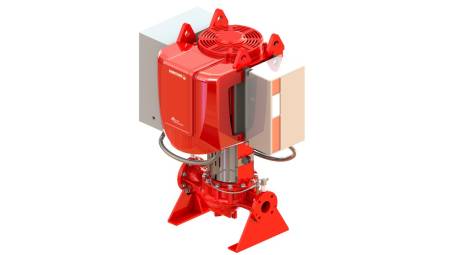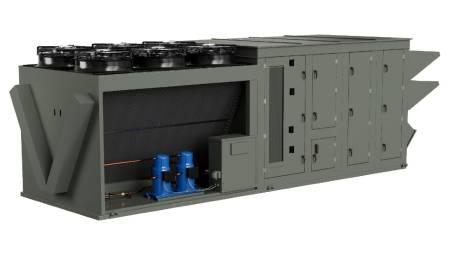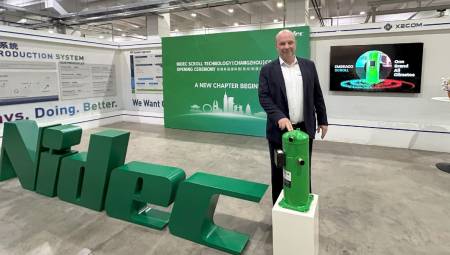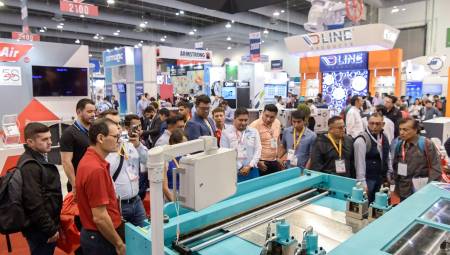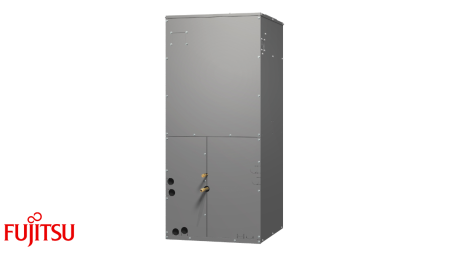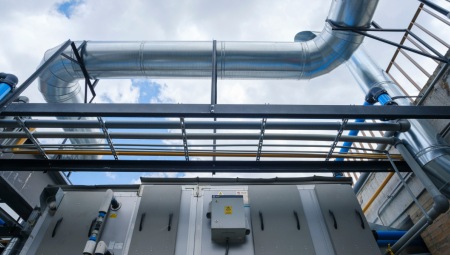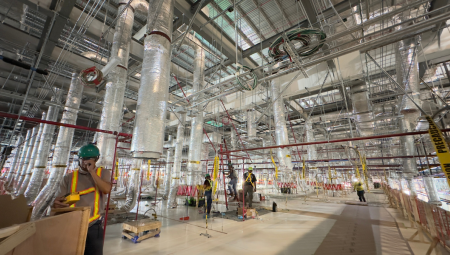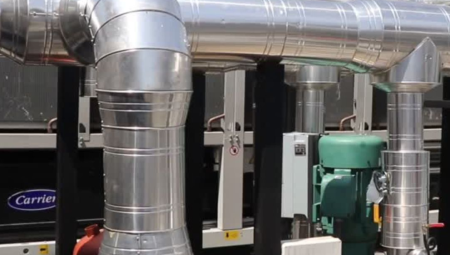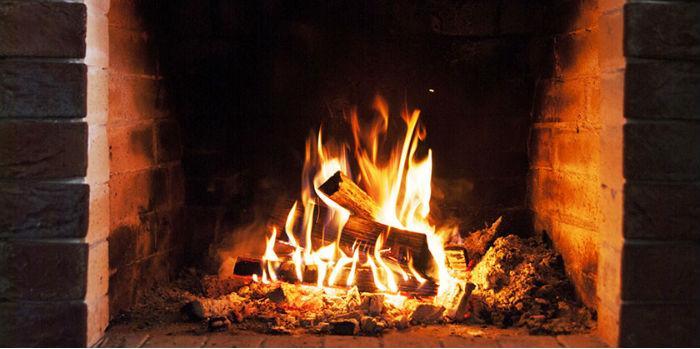 International. The International Energy Agency (IEA) published a report in which it analyzes the effects on the air generated by residential heating with biomass.
International. The International Energy Agency (IEA) published a report in which it analyzes the effects on the air generated by residential heating with biomass.
The combustion of solid biomass can emit various air pollutants that adversely affect human health, and air pollution from biomass combustion in the residential sector. At best, these emissions can be kept within acceptable limits, but emission levels vary significantly depending on the type of heating system, how the system is operated, and the characteristics of the fuel used.
What air pollutants are emitted by the combustion of solid biomass and how do they affect health?
The most relevant pollutants from the combustion of solid biomass that affect air quality and pose health risks are incomplete combustion products (IPCs), such as volatile organic compounds (VOCs) and solid PM (biomass coal, soot and tars). Incomplete combustion also emits carbon monoxide (CO).
In addition, the combustion of solid biomass produces additional gaseous pollutants such as NOX and SOX. Wood waste contaminated with heavy metals and organic chlorine compounds can emit even more air pollutants, but for large-scale combustion of such fuels, properly designed flue gas cleaning equipment can reduce emissions to acceptable levels. In small-scale heating applications, uncontaminated woody biomass is predominantly used.
When the combustion of solid biomass contributes to the MP already found in ambient air from other sources, adverse health effects can occur. Inhalable PM of less than 10 micrometers (PM10) is a key indicator of the health impacts of air pollution. There is strong evidence that exposure to PM10 and PM2.5 can cause cardiovascular and cardiovascular disease and consequently lead to higher mortality rates (Nussbaumer, 2017). Combustion particles in ambient air can also act as carriers of toxic and carcinogenic substances, and CO is a toxic gas that can cause death in high concentrations.
Ensure low emissions of air pollutants from residential biomass heating.
Emissions of air pollutants from residential biomass-based heating vary considerably depending on the type of heating system, how the system is operated, and the characteristics of the fuel used.
Open fireplaces and simple wood stoves generally generate high emissions of air pollutants and should be discouraged in urban areas for air quality reasons. Conversely, modern biomass boilers and stoves can meet strict emission limits when properly operated, as described in Table 5.3, which shows the typical organic carbon (OC) fractions of different biomass heating technologies, indicating the potential impact of emissions on health.
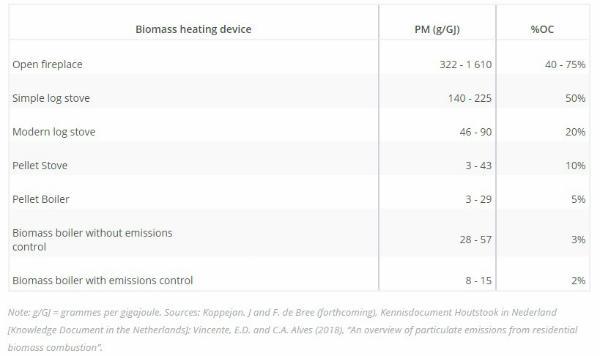
Figure 1.
While only biomass combustion technologies are shown above, fossil heating fuels, especially coal, also produce high emissions of air pollutants. For example, coal combustion for residential heating can result in PM emissions from 20 g/GJ to 430 g/GJ (Butcher and Ellenbecker, 2012), as well as generally higher emissions of sulfur dioxide (SO2) than from biomass fuels. In contrast, PM emissions from natural gas are lower than those from biomass fuels.
The type and level of emissions from biomass heating relate to the complete or incomplete combustion that occurs in the heating system, as reflected in the wide range of typical PM emissions for some biomass heating devices listed in Table 5.3. Full combustion minimizes harmful air pollutants from the PIC, but an ideal mixture of combustible gases and combustion air, air-to-fuel ratio, residence time in the combustion chamber, and flame temperature is required to achieve complete combustion.
If the conditions for complete combustion are not met, secondary measures, such as catalytic converters and electrostatic precipitators, are available to reduce pollutant emissions from wood stoves and biomass boilers. However, secondary measures are not commonly used in residential-scale systems because they can be expensive. In addition, the effect of secondary measures can be limited by inadequate combustion conditions, so they only partly replace the need for almost complete combustion.
The way the heating system is operated strongly influences the emissions of air pollutants, especially in manually operated boilers and stoves. For manual systems, the mode of ignition of the fuel, the amount of fuel introduced into the combustion chamber and the level of combustion air supplied must be carefully managed in accordance with best practices to minimize pollutant emissions. Manual management of these conditions to ensure near-complete combustion is complicated, so actual emissions can significantly exceed those achieved for a given system under test conditions. This highlights the importance of considering real-world operating conditions when developing emission standards.
The most sophisticated automated heating devices can maintain the conditions necessary to achieve near-complete biomass combustion and thus generate very low PIC emissions when properly operated. For automated systems, design guidelines and specifications of best practice systems are preconditions for ideal operation, and these systems have higher investment costs than simpler boilers and stoves that are operated manually.
Ensuring that the appropriate fuel is used in the combustion device is also of key importance. To maintain low emissions of air pollutants, factors such as fuel moisture content, size, and ash content must be appropriate. The application of biomass fuel standards, e.g. The ENplus for wood pellets, and quality standards for combustion systems and emission measurement, can further minimize the impact of biomass-based residential heating on air quality.
Source: International Energy Agency.




